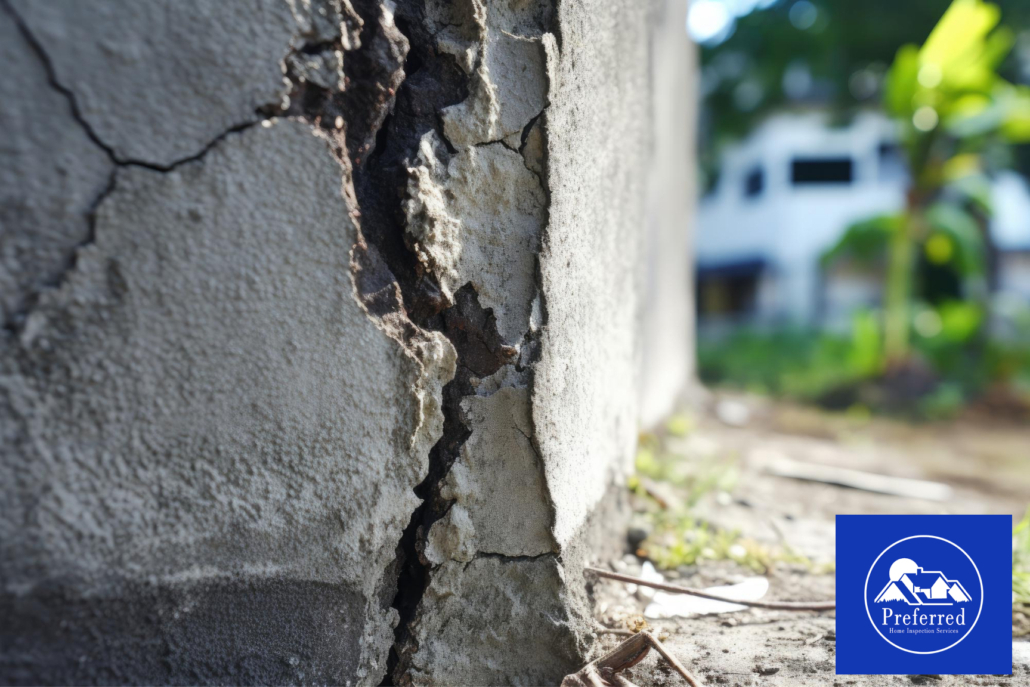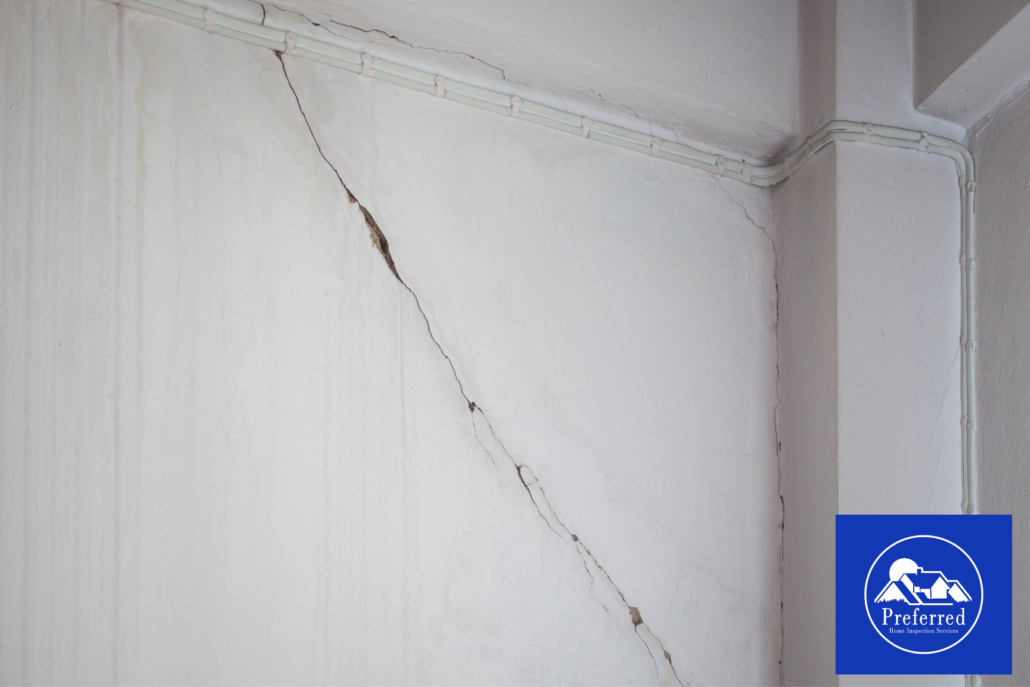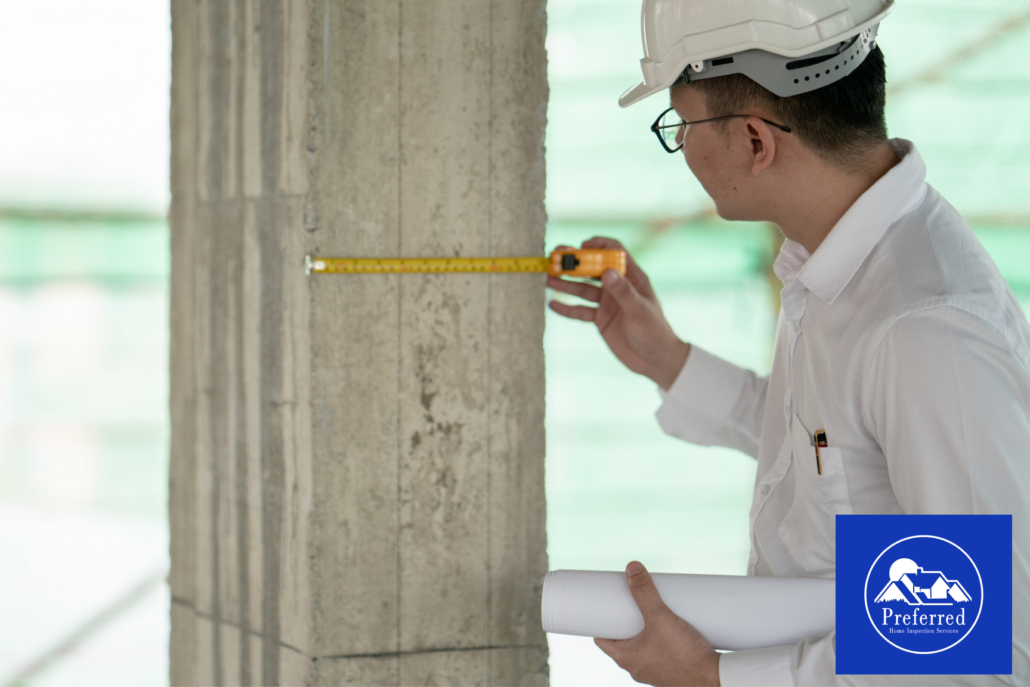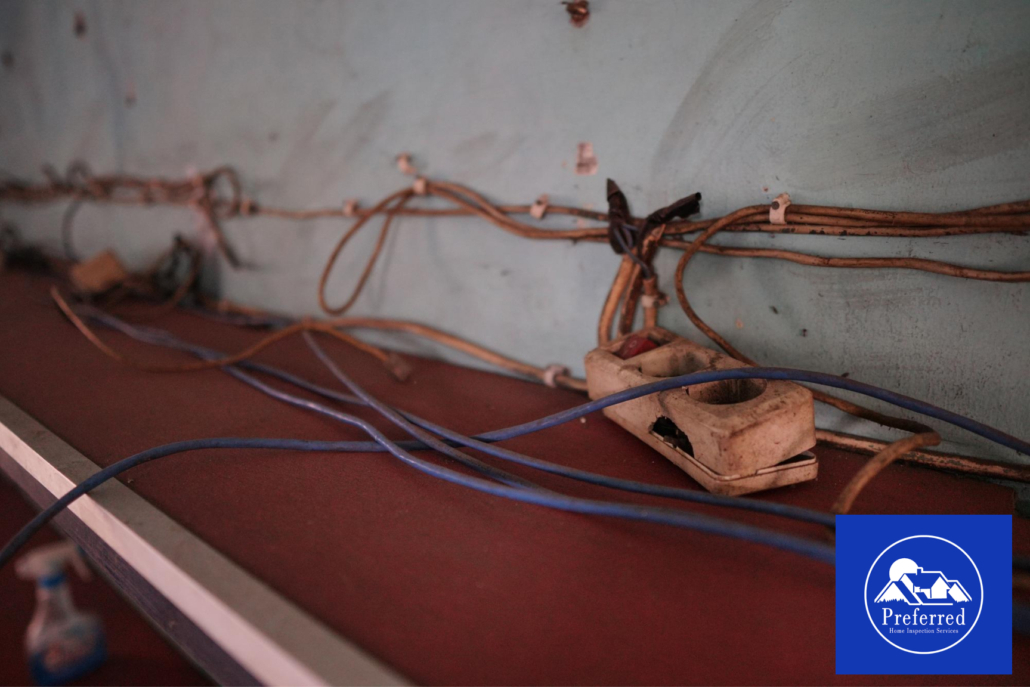What is the Biggest Red Flag in a Home Inspection?
Home inspections reveal the true condition of a property, often uncovering deal-breaking issues that lurk beneath surface-level aesthetics. Wondering what the biggest red flag in a home inspection is? While various problems can emerge during the inspection, foundation issues stand as the most serious and costly defect, capable of transforming a promising investment into a financial nightmare.

Foundation Problems: The Ultimate Deal-Breaker
A crumbling foundation spells disaster for any home, often turning a dream purchase into a costly nightmare. It’s the backbone of the property, and despite the issue being so severe, it’s one of the more common issues uncovered during home inspections. Foundation failures manifest through telltale signs: stair-step cracks in brick exteriors, bulging walls, and uneven floors that send marbles rolling. Inside, windows and doors stick mysteriously, while diagonal cracks spider across drywall—particularly above doorways and windows.
The financial impact hits hard. Minor repairs might cost $2,000-$7,500, but major structural issues often exceed $25,000. These costs, of course, depend on the size, location, and accessibility of the issue. Insurance rarely covers these repairs, leaving homeowners to shoulder the burden.
Long-term implications devastate property values. Homes with foundation problems typically sell for 10-15% below market value, if they sell at all. Many buyers walk away, while others demand steep discounts—often 20-30% of the asking price. Mortgage lenders frequently require repairs before financing, trapping sellers in a costly bind.
Even after repairs, the property’s history of foundation issues can haunt future sales, requiring detailed documentation and engineering reports to restore buyer confidence.

How to Identify Foundation Issues
Foundation issues represent the most serious and costly problems in home inspections. Identifying these problems early can save homeowners tens of thousands of dollars and prevent catastrophic structural failure.
Visible Crack Patterns
Foundation cracks reveal distinct patterns that signal structural issues. Horizontal cracks indicate severe hydrostatic pressure and potential wall failure, requiring immediate attention. Stair-step cracks in brick or block walls point to differential settlement beneath the foundation.
While hairline cracks under 1/8 inch may be cosmetic, any crack that progressively widens demands professional evaluation. L-shaped cracks at basement corners particularly warrant concern, as they often indicate significant foundation movement.
Door and Window Alignment
Misaligned doors and windows serve as early warning signs of foundation problems. When foundations shift, door frames warp, creating uneven gaps above doors or preventing proper closure. Windows may stick, requiring excessive force to operate.
Double doors failing to meet at the center point to serious structural displacement. These alignment issues often progress gradually, making regular monitoring essential.
Floor Stability
Sloping floors frequently indicate foundation settlement or support beam failure. Professional inspectors use laser levels to detect slopes exceeding the critical 1:240 ratio. Uneven elevation between rooms, especially in older homes, suggests ongoing settlement issues.
Floor joist problems manifest through sagging basement ceilings or bouncing floors. Gaps appearing between previously fitted hardwood or tile pieces signal subfloor compression from foundation movement.
Structural Separation
External wall separation presents clear evidence of foundation failure. Watch for gaps between the foundation and siding, particularly after seasonal changes. Leaning chimneys or porches pulling away from the main structure indicate serious foundation displacement. Trim separation at corners and deteriorating mortar joints, especially when accompanied by wall tilting, suggest compromised structural integrity. These issues often worsen during wet seasons as soil conditions change.
Advanced Warning Signs
Water management problems often precede visible foundation damage. Poor drainage patterns, soil heaving, or sinking around the perimeter signal potential issues. Interior warning signs include new drywall cracks appearing above doors and windows, increasingly musty basement odors, and visible foundation exposure below the siding level.
These symptoms, while subtle, often predict more serious structural problems.

Expert Insights
Professional inspectors rate foundation issues on a 1-10 severity scale, with scores above seven typically rendering homes unmortgageable. Most experienced inspectors emphasize that even minor foundation problems (rated 3-4) require immediate attention to prevent escalation.
Market analysis shows foundation problems decrease home values by 10-30%, depending on severity. Recent real estate data indicates that 60% of buyers immediately reject homes with documented foundation issues, while 85% of interested buyers demand repair completion before closing. Most lenders require foundation certification from a licensed engineer before approving mortgages on affected properties.
Foundation problems impact insurance rates beyond property values, with some carriers refusing coverage or requiring costly riders. Structural engineers report that 40% of severe foundation issues stem from deferred maintenance of minor problems, highlighting the importance of early intervention.

Secondary Red Flags
While foundation issues are the biggest concern, other critical defects can make a home purchase untenable. These problems often indicate systemic maintenance failures and require substantial investment to remedy.
- Electrical System Hazards: Outdated knob-and-tube wiring, aluminum wiring (1965-1973), and overloaded electrical panels indicate potential fire risks.
- Water Damage and Mold: Chronic moisture problems in basements or crawl spaces suggest serious waterproofing failures.
- Roof Structural Integrity: Sagging sections, cracked beams, or compromised trusses threaten whole-house integrity.
- HVAC System Failure: Aging units with cracked heat exchangers pose carbon monoxide risks.
Smart Moves: Protecting Your Investment
Hire a structural engineer for a specialized foundation assessment before making an offer. The $500-1,500 cost pales compared to potential repair expenses, and their detailed report provides powerful negotiating leverage.
For minor issues (severity 1-3), negotiate repair credits of 1.5 times the estimated cost. Major problems (severity 4-7) warrant repair completion before closing or price reductions of 2-3 times repair estimates. Have your realtor include specific repair contingencies in the purchase agreement.
Walk away when foundation repairs exceed 10% of home value, sellers refuse independent engineering inspections, or multiple major issues compound foundation problems.
The Price of Ignoring Red Flags: Making Smart Home Investment Decisions
Foundation issues and other critical defects can transform a dream home into a money pit, potentially costing hundreds of thousands in repairs. Smart buyers recognize these warning signs early, leveraging professional inspections to avoid catastrophic investments.
Remember: addressing problems early saves money while ignoring them virtually guarantees escalating costs and declining property values.





Leave a Reply
Want to join the discussion?Feel free to contribute!